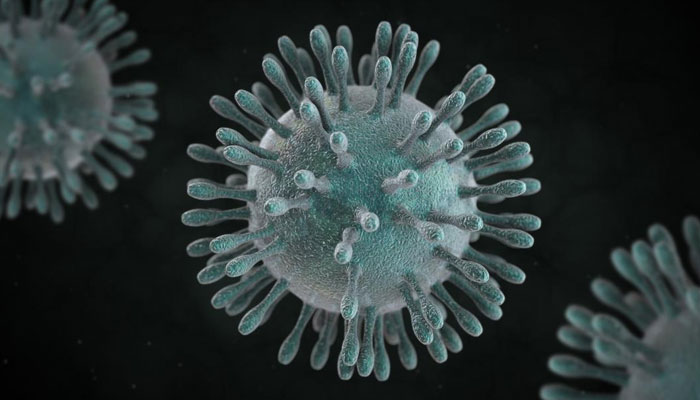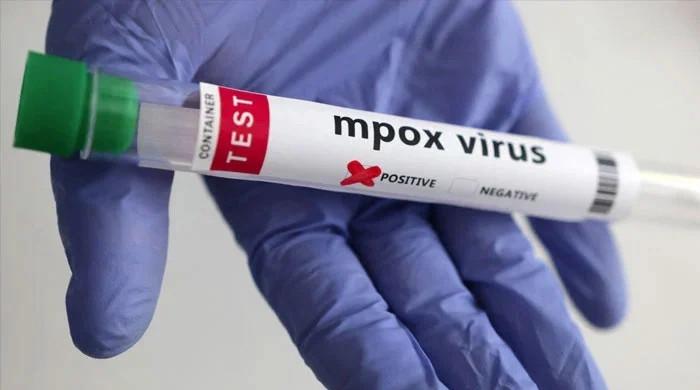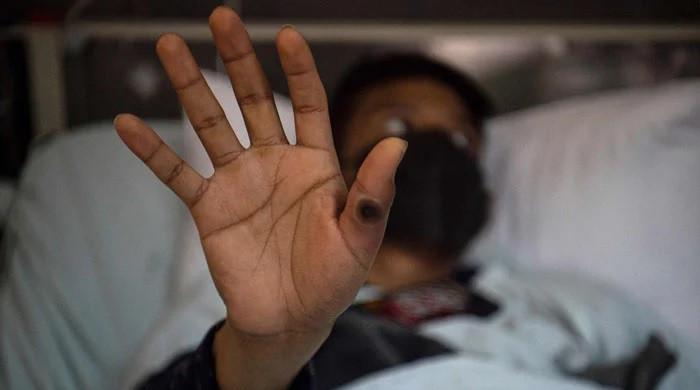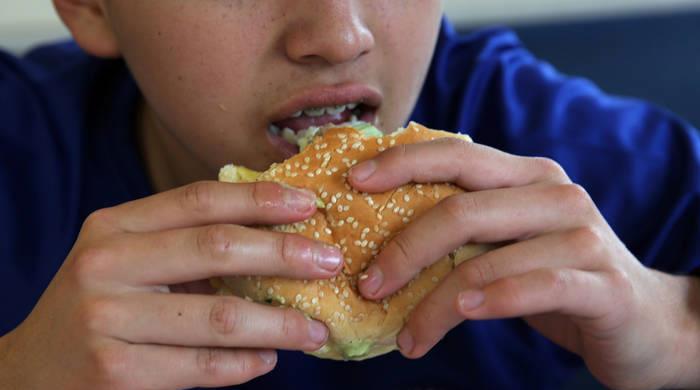Some important facts about coronavirus
some 6,000 cases of coronavirus have been confirmed in China, its country of origin, with at least 132 fatalities
January 30, 2020

PARIS: -How deadly and how contagious is the coronavirus? When do symptoms appear, and can a patient spread the virus before they do? Experts are zeroing in on these and other questions, but clear answers are not yet at hand.
- The toll so far -
As of Wednesday, some 6,000 cases have been confirmed in China, its country of origin, with at least 132 fatalities.
The virus has spread from the city of Wuhan across China to more that 15 countries, with about 60 cases in Asia, Europe, North America and, most recently, the Middle East.
No deaths have been attributed to the virus outside China.
2019-nCoV, as it has been named, is part of the coronavirus family, the source of two previous deadly epidemics.
The 2002/03 SARS outbreak (Severe Acute Respiratory Syndrome) started in Guangdong Province and killed 774 people out of a total 8,096 infected. The 2012 MERS outbreak (Middle East respiratory syndrome) killed 858 people out of the 2,494 infected.
The respective mortality rates for SARS and MERS patients was 9.5 and 34.5 percent, far higher that for the new coronavirus, which French health minister Agnes Buzyn put at "less than five percent".
That rate is likely to decline, experts say, as the ratio of deaths to reported cases continues to widen.
The coronavirus "is less deadly than SARS or MERS, but it is more contagious," Buzyn said in a press conference Tuesday.
The seasonal flu, by comparison, kills 290,000 to 650,000 people per year, according to the World Health Organization (WHO). In the United States, the mortality rate among people infected with influenza is about 0.13 percent, the Centers for Disease Control has calculated.
- How contagious ? -
Estimates of how easily coronavirus spreads range from a "base reproduction rate" of 1.4 to 3.8 people infected by a single patient, according to David Fisman, a professor at the University of Toronto.
Chinese scientists, however, have said that one patient, on average, will have spread the virus to 5.5 other people.
"If that proves to be accurate, it would in part explain the surprisingly swift growth of cases in Hubei and beyond, and suggests that China is in for a very rough ride," said Stephen Morrison from the Center for Strategic & International Studies in Washington.
But the increase in reported cases could also come from "an improved detection capacity in hospitals," suggest Buzyn.
Scientists at Britain´s Imperial College, meanwhile, estimate that each coronavirus patient infects on average 2.6 others -- making it roughly as infectious as annual influenza outbreaks.
- When is it contagious? -
This crucial question remains unanswered.
On Sunday, Ma Xiaowei, head of China´s National Health Commission, said that transmission of coronavirus is possible before symptoms set in, during the disease´s incubation period.
That is also true for the seasonal flu, but was not the case for SARS.
This remains a working hypothesis, and has yet to be confirmed, some experts said.
"In my view it is premature to conclude, on the basis of the evidence currently available, that the new virus can be transmitted before symptoms appear," said Mark Woolhouse, professor of Infectious Disease Epidemiology, at the University of Edinburgh.
"In the absence of any treatment or vaccine our main hope of controlling the epidemic is the rapid identification of cases and the immediate prevention of onward transmission through patient isolation," he added.
"The efficacy of those interventions would be compromised if significant levels of transmission occurred before symptoms appeared and the patient reported to a health care facility."
- Person-to-person transmission -
The virus is thought to have originated from a wild animals, probably bats, but is now spreading from person to person.
Almost all cases of such transmission have occurred in China, but there have also been a handful of cases in Vietnam, Germany and Japan.
"Globally, there have been only a few scattered, individual cases of onward, secondary transmission," said Morrison. "The risk remains very low to the United States and other advanced economies."
But that situation could be different in other parts of the world.
"If export occurs to countries in Africa and elsewhere where there are limited health security capacities, grave secondary outbreaks could emerge outside of China," Morrison added.
- What are the symptoms? -
Chinese scientists reported in The Lancet Friday that, based on a study of 41 early-detected cases, some of the new virus´s symptoms resemble those of SARS.
All patients had pneumonia, most had a fever, three-quarters of them were coughing and more than half had trouble breathing.
There are, however, some "important differences," said lead author Bin Lao.
Identifying coronavirus symptoms is all the more important -- and difficult -- because of a simultaneous epidemic of seasonal flu, which has similar symptoms.
- Incubation period -
On Monday, the WHO estimated an incubation period of two to ten days. Among 34 patients examined by researchers from the Netherlands, the average period was 5.8 days.
For a 27-year-old man in Vietnam infected by his father, who had been in Wuhan, symptoms appeared after only three days, according to a letter published in the New England Journal of Medicine.
As a precaution, health authorities in France and other countries have set an isolation period of 14 days for repatriated nationals and other people coming from the coronavirus hot zone.
- Avoiding infection -
Health authorities and scientists say the standard precautions against viral illnesses are applicable: wash your hands frequently, cover up your coughs, try not to touch your face.
Anyone who does come down with the virus should be placed in isolation.
"Considering that substantial numbers of patients with SARS and MERS were infected in health-care settings", precautions need to be taken to prevent that happening again, the Chinese team warned in The Lancet.











